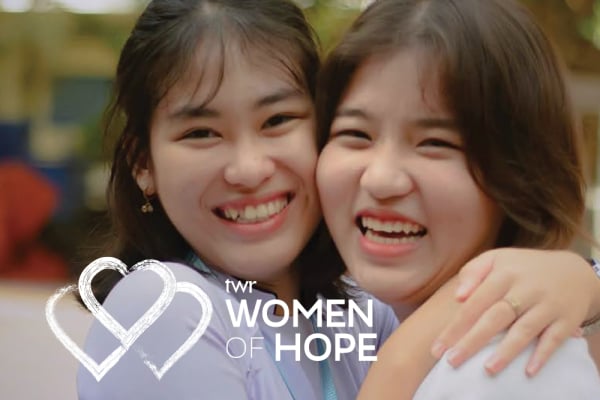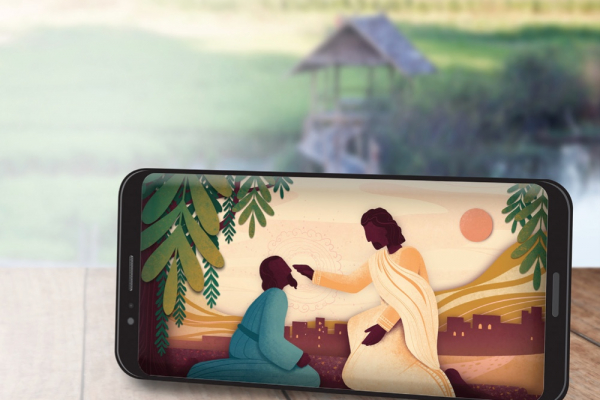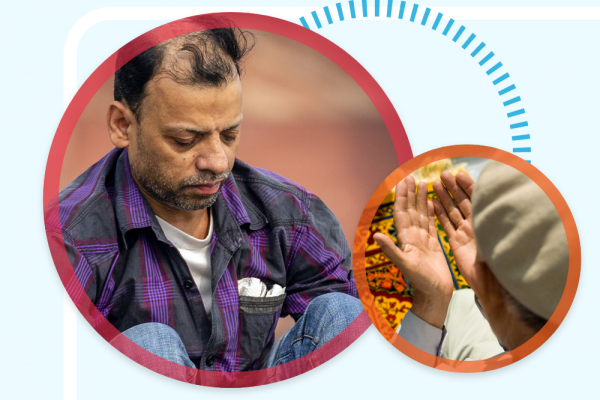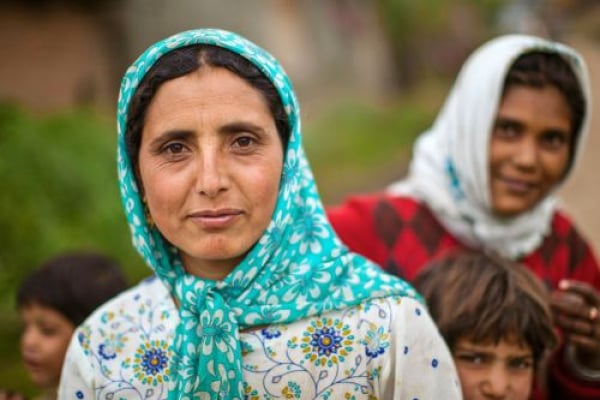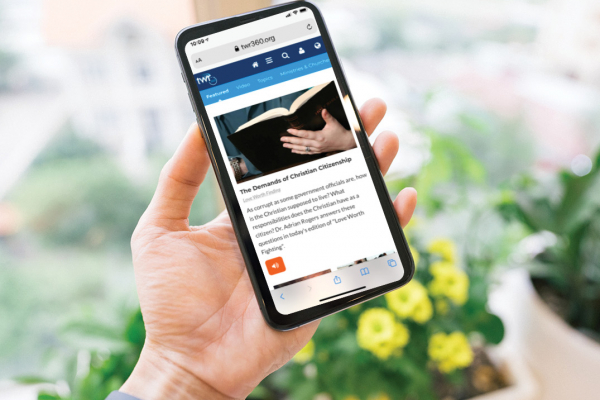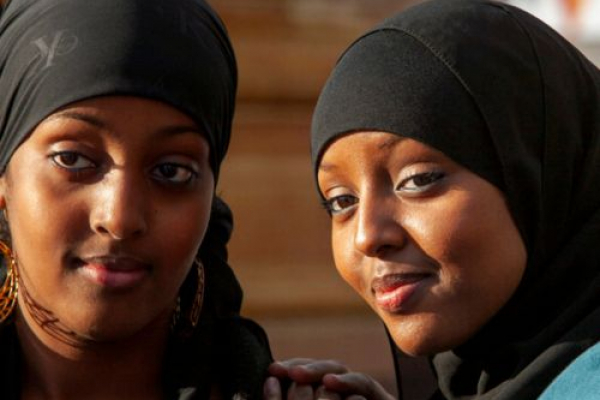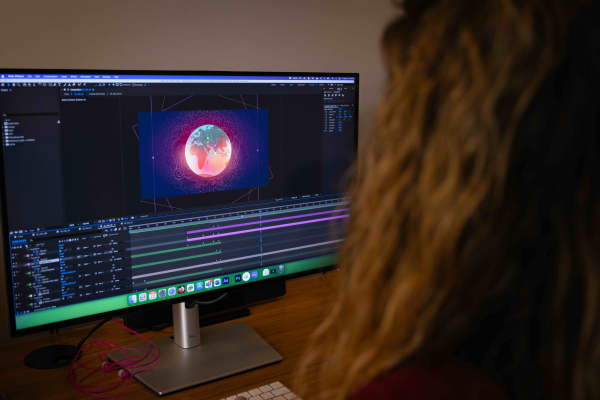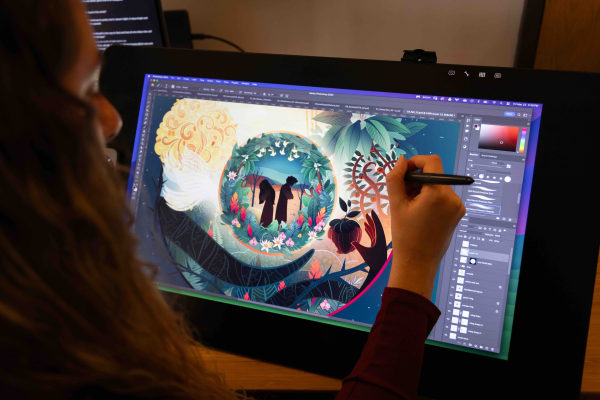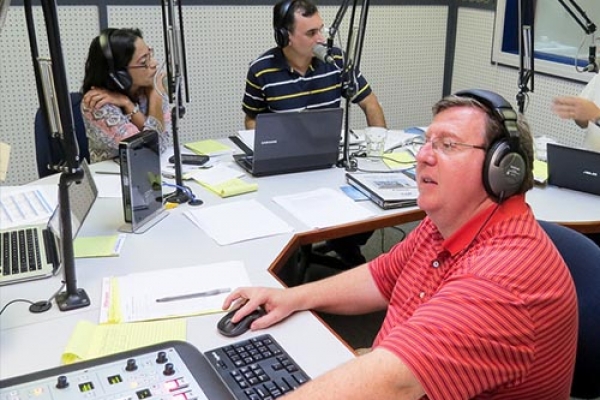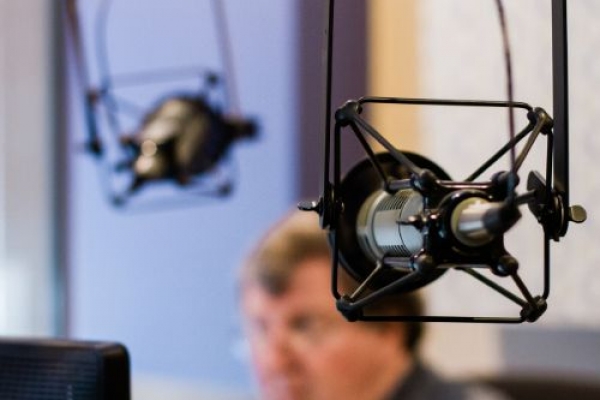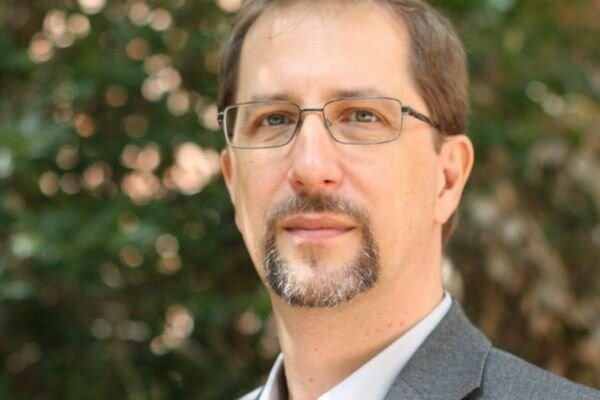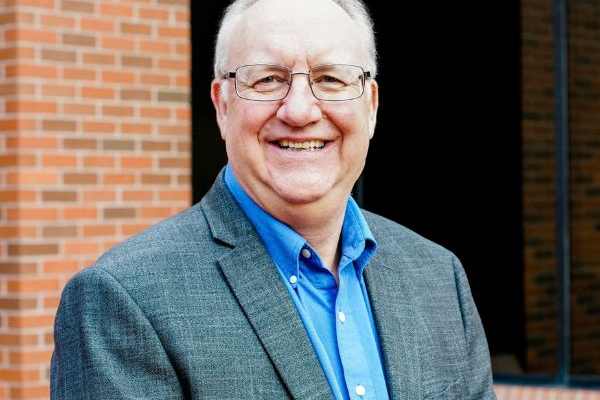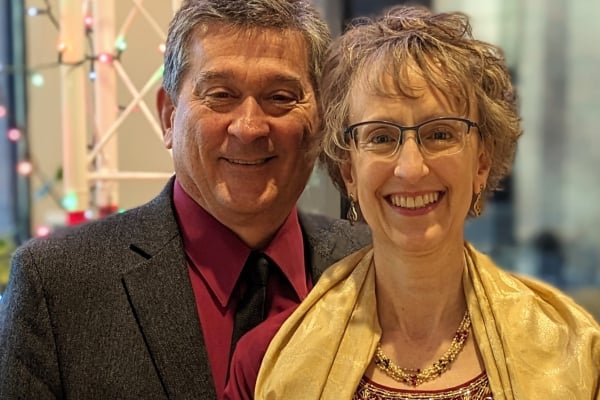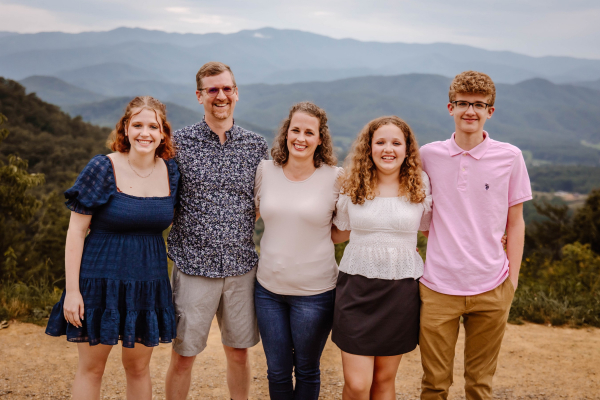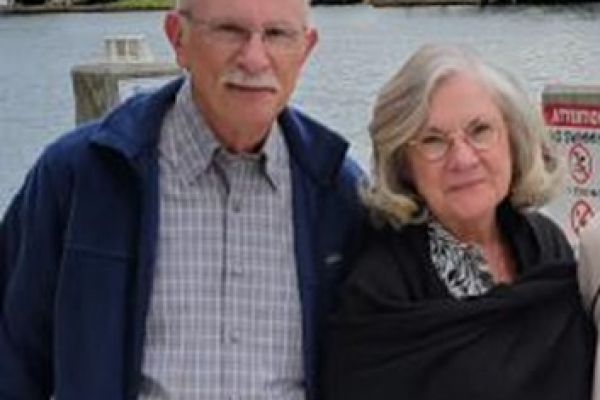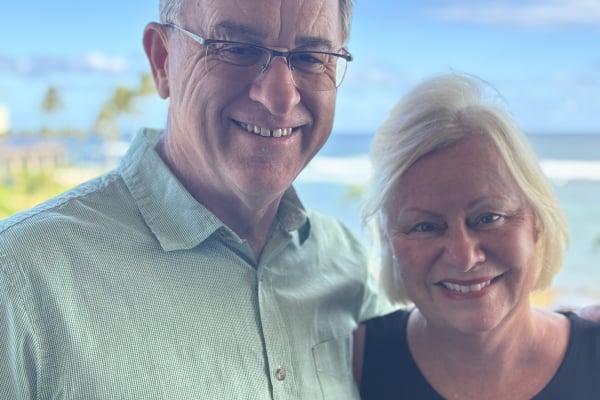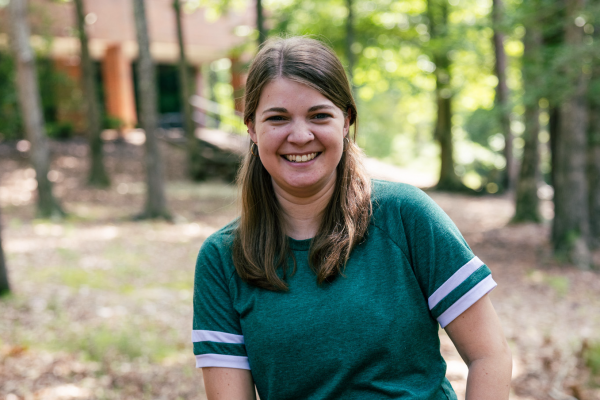
Assignment Europe: The Marriage Feast
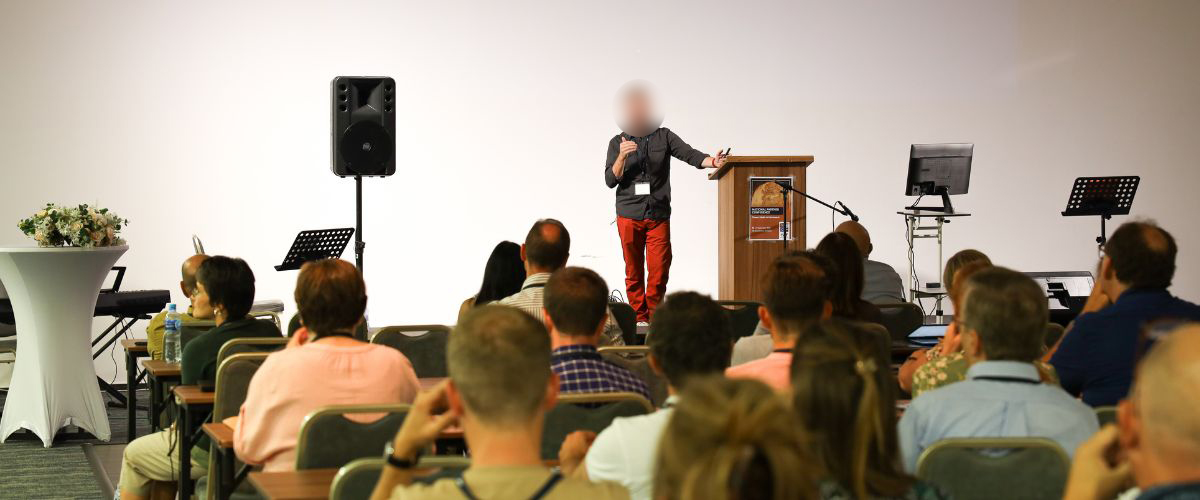
Jakov Chazan* of Media to Movements addressed attendees at TWR's 2022 National Partners Conference for Europe and CAMENA (Central Asia, Middle East, North Africa). [Image by Anna Laura Visser of TWR Europe]
IN CENTRAL EUROPE – Jakov Chazan* looked over the 90-some faces in front of him and made an observation.
“As I was looking at the list of where you-all are coming from, the people groups that are represented, it struck me that this is the closest I’ve come in my lifetime to getting this picture of the marriage feast of the Lamb, Jesus Christ, where the nations will be together.”
Chazan in person and Amber Blumer via video feed were featured speakers during the opening evening for the 2022 National Partner Conference for Europe and CAMENA (Central Asia, Middle East, North Africa). They spoke Tuesday and Wednesday night because of their real-life experience with and enthusiasm for Media to Movement, which is the theme of this year’s conference.
For many people, even in the missions world, the phrase Media to Movement might draw blank stares. So we’ll turn to Mariette Oosterhoff for an explanation. She’s the partnership director for TWR Europe and was the one who suggested Media to Movement as a theme – after, she said, so many ministry partners asked about it.
“‘Media to Movement’ literally means engaging a listener online or on-air and then bringing them from media to real-life engagement,” Oosterhoff said.
Putting the Concept to Work
Both Blumer and Chazan have seen that happen in ministries, and TWR MOTION – our video storytelling team – has been instrumental for each. Their talks, quoted below, were supplemented by their words in a video prepared by MOTION.
Blumer was serving in North Africa when the Arab Spring resulted in greater freedom on the internet, she said. She and some colleagues concluded that online storytelling might make the gospel more “digitally acceptable.” The problem: They didn’t have that sort of content. They spent a year contacting dozens of content creators around the world, but none had what they were looking for.
“As a last resort, a friend asked me, ‘Have you talked to TWR?’” Blumer related. “And I laughed. ‘Oh, you mean the radio ministry?’”
The friend said she thought TWR was starting a video ministry, so Blumer contacted them. “And three years later, not only do we have a very special friendship, but TWR MOTION’s first video project was completed.”
The project, Share the Story, tells the story of the Bible from creation to cross, Blumer said. It has since been produced in multiple languages and is being used by a number of other Media to Movement initiatives around the world.
Among those was the ministry with which Chazan served in Bosnia and Herzegovina. Ten years of striving to engage with spiritually hungry people in that country had yielded zero results, he said.
After learning of the way Media to Movement was working in North Africa, Chazan and his friends spent nine months there, learning how it works. When they returned to Bosnia, they ran ads on Facebook asking: “Are you one of those who had a dream of a man in white?” It’s a reference to widespread reports across the Islamic world that tell of nonbelievers who apparently have encounters with Jesus himself through dreams and visions.
Does It Work?
The response was beyond what the team had hoped: 23,000 people watched the video ads. Another 2,500 visited the ministry’s website, 110 messaged the ministry, 10 requested a Bible. A small number, Chazan acknowledged, but in a decade of giving out Bibles, they’d never had anyone ask for one.
“In 20 days, we had more engagement with spiritually seeking people than in the first 10 years combined,” he said.
Social media marketing is only the first step of the movement, he said. It targets the 2.5% of the population who are spiritually seeking. Those who engage with the content and register their interest are then connected to disciple-makers – local believers trained in follow-up.
“The goal is to move these relationships offline and see people becoming disciples of Jesus who continue making disciples among their friends and family,” Chazan said.
In an interview, Chazan said he’s passionate about sharing Media to Movement with others in mission because he himself experienced burnout when traditional methods simply weren’t resulting in spiritual connections.
“It helps rejuvenate others who go, ‘I’m talking to seekers!’” he said. “Our responders, they’re talking almost every day. There’s one brother in … the Middle East: Every month, 30 to 40 people genuinely (say), ‘Tell me about Jesus.’ Before Media to Movement, not so much. …
“I’m not giving any praise to the tool. I’m giving praise to Jesus. But he does seem to be using this tool in a lot of people’s lives.”
Bible Reference Comes to Life
The feast of the Lamb analogy that Chazan used seemed particularly real on Wednesday morning, in a session devoted to ministries in crisis.
Christian brothers from Belarus and Russia stood together in front. The pair from Belarus had driven in the night before, having been detained at the Belarus-Poland border for 10 hours followed by another eight-hour drive to the conference site.
Then, via live video, Alex Chmut and his ministry team in war-besieged Ukraine joined them as the conference participants clapped loudly. It was a special moment, unifying and emotional.
* a pseudonym is used to protect the identity of this individual
